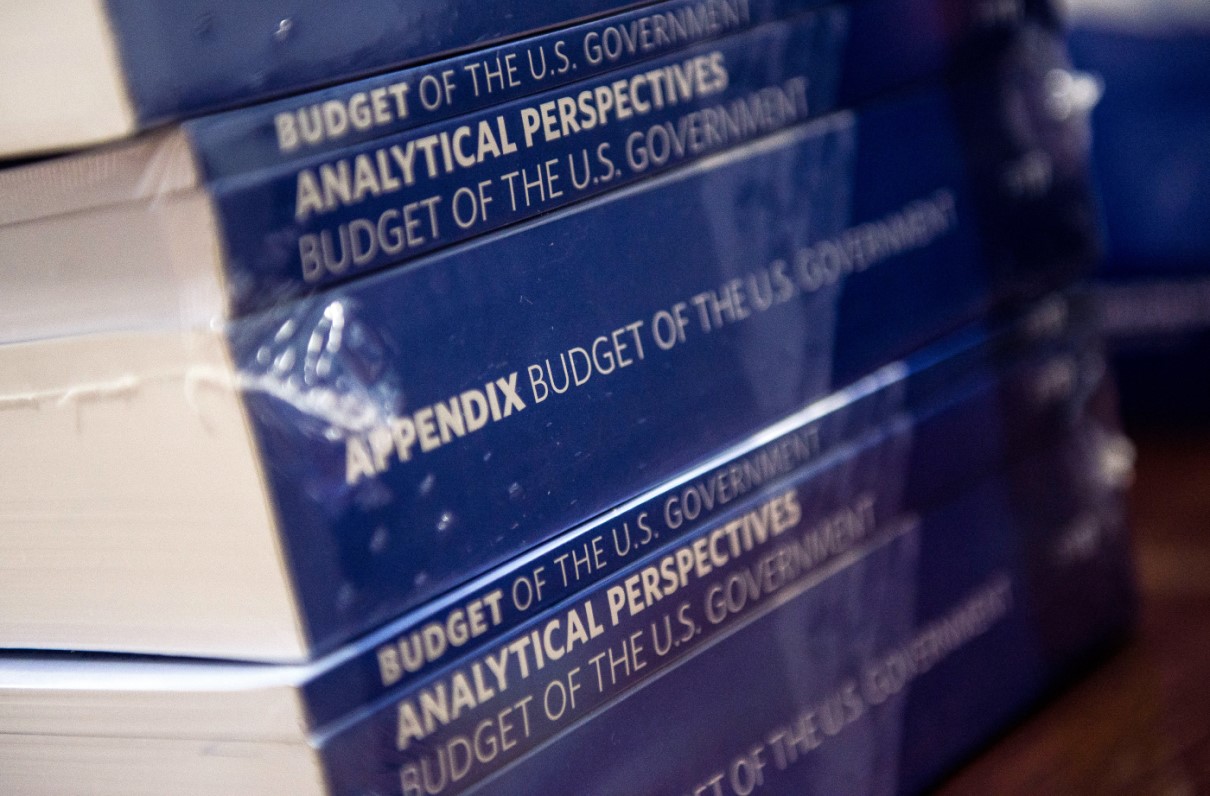President Joe Biden is expected to release his fiscal plan for FY 2023 before the end of March – less than three weeks after signing the FY 2022 budget. While the request is just the start of a long, complicated process, it will advance the administration’s priorities and set the tone for congressional debates in the months ahead.
Keep up with MOAA’s advocacy news coverage for the latest on the budget, but as we await its release, here’s what you should know about the document, the process … and the need to get it done on time.
The Timeline
Multiple media outlets have reported the budget will be released March 28. That’s two months before the FY 2022 budget came out last May but more than a month later than the first Monday in February, which is the date required by law for the president to send his budget to Congress.
This president is not the first to miss these deadlines. The FY 2020 budget was released March 11, 2019, for example, and the FY 2014 budget was published April 10, 2013. However, the late release likely will contribute to ongoing problems faced by Congress to pass the budget before the start of the new fiscal year, forcing them to agree upon one or more continuing resolutions to keep the federal government functioning.
MOAA has sounded warnings on this practice, which can cost DoD billions of dollars in spending power and creates painful choices for Pentagon planners. We continue to urge both the administration and lawmakers to move with haste on these discussions, avoid the partisan minefields associated with midterm election years, and break the cycle of harmful continuing resolutions.
The Breakdown
Reports put the topline DoD budget at more than $770 billion, which would be the largest DoD figure in history. However, much of that purchasing power will be blunted by inflation, and the specifics behind the proposal – where the money will go to ensure national security and protect the pay and benefits of servicemembers and their families – may not be known until April.
MOAA also will be actively engaged on the VA budget debate, to ensure proposed funding will cover both existing programs and needed benefit and staffing improvements, including access to caregiver support and more resources for underserved populations.
[RELATED: Get an In-Depth Look at MOAA’s Veteran Health Care Priorities]
While lawmakers work through their required appropriations bills, they’ll also begin the authorization process, with the annual National Defense Authorization Act (NDAA) serving as a staple of MOAA’s advocacy efforts. Expect updates on that legislation in the coming weeks – the Senate introduced its initial version of the FY 2022 NDAA in May 2021, for example – to include calls to action for your lawmakers via MOAA’s new Legislative Action Center.
More Members Mean More Influence Over Retirement Pay, Health Care, and Family Programs
Get involved and make sure your interests are addressed. Because the larger our voice is, the greater our impact will be.

